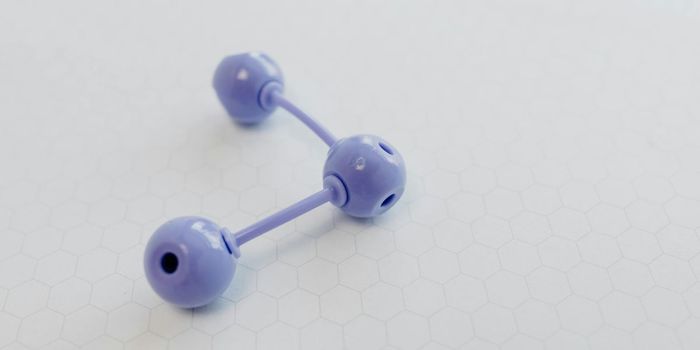Stem cells can create tissue models that reflect human physiology. These stem cell-derived models can be used in research and application.

A team of scientists from
UC Santa Barbara, along with researchers from the University of Wisconsin-Madison and the Morgridge Institute for Research in Madison, has developed a model that aims to reduce the number of drug failures in clinical trials and offer a cost-effective approach for assessing chemical safety. The screening system is designed to predict developmental neurotoxicity, damage caused to nervous tissue by toxic substances. It uses stem cells to model features of the developing human brain. The findings, which are published in the Proceedings of the National Academy of Sciences, are reported in
Bioscience Technology.
The team came up with model human neural tissue by culturing stem cell-derived neural progenitor cells, vascular cells and microglia on engineered hydrogels. These organoidcells self-assembled into three-dimensional neural tissue constructs with features that look like the developing human brain.
James Thomson, a professor in UCSB’s Department of Molecular, Cellular, and Developmental Biology, where he serves as co-director of the Center for Stem Cell Biology and Engineering, explained, “We looked at the entire portfolio of gene expression in these constructs and how they respond to chemicals at different stages in development. Then we used a machine-learning algorithm to tell us whether or not a chemical or drug has a toxic profile or fingerprint.”
The scientists collected RNA-sequencing data from neural tissue constructs individually exposed to 60 different “training” chemicals, both safe compounds and known toxins. An algorithm was used to build a predictive model from these results. After training with known chemicals using duplicate samples and two time points, the model classified nine out of 10 additional chemicals in a blinded trial.
Michael Schwartz, an assistant scientist in biomedical engineering at UW-Madison and co-lead author of the study with Zhonggang Hou of the Morgridge Institute (now a researcher at Harvard University), said, “Several things about this project surprised us. In the beginning, we weren’t expecting the kind of complex neural tissues that were ultimately developed. These model neural tissues capture a lot more of the complexity than you would find in a monolayer of cells. They also mimic human physiology and should be more relevant for predicting toxicity than animal models. The fact that we could apply a machine-learning model to achieve 90 percent accuracy this early in the process is fantastic.”
Thomson, also director of regenerative biology at Morgridge and a professor at the University of Wisconsin School of Medicine and Public Health, believes that the project has potential to improve drug testing. With more than 100,000 mostly untested chemical compounds used in commerce, the impact could be even greater for screening chemicals.
He concluded, “Current toxicity screening tests use multigenerational rat studies and cost about $1 million to test one chemical. So we need a really high-throughput way to test these compounds, figure out which ones may be the bad actors and then focus on those with more traditional methods.”









